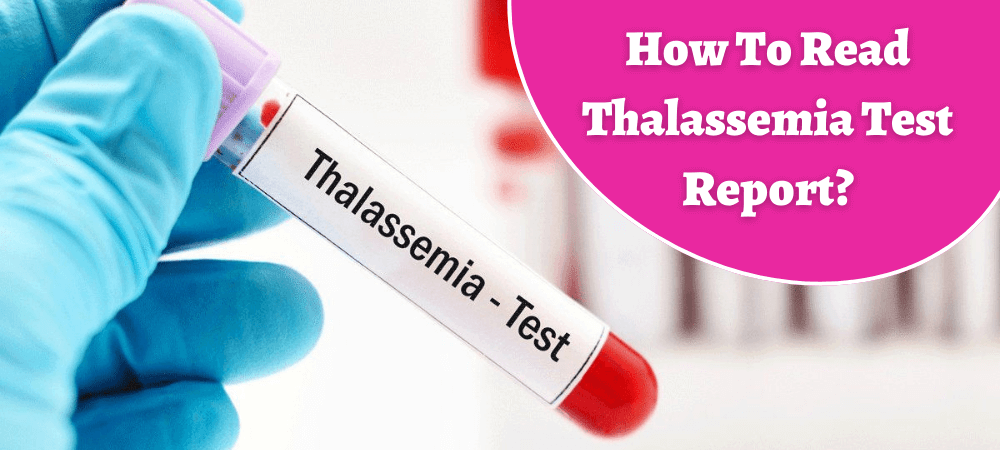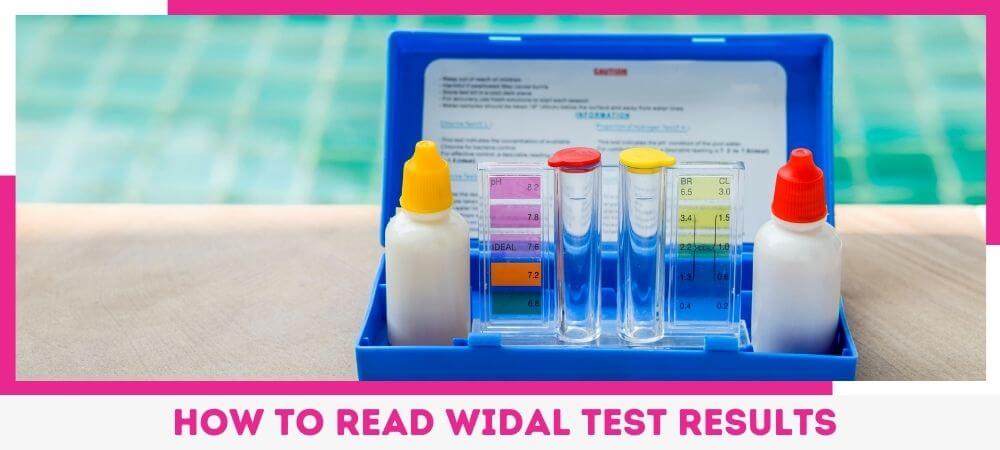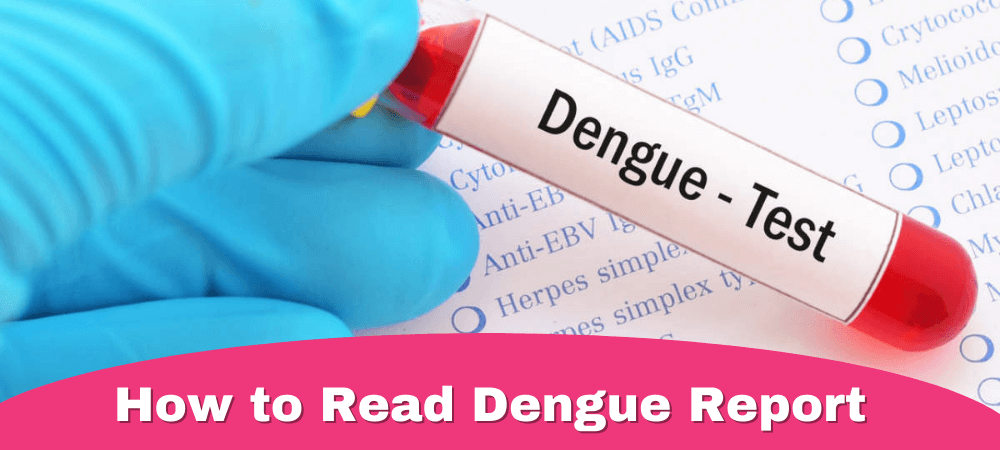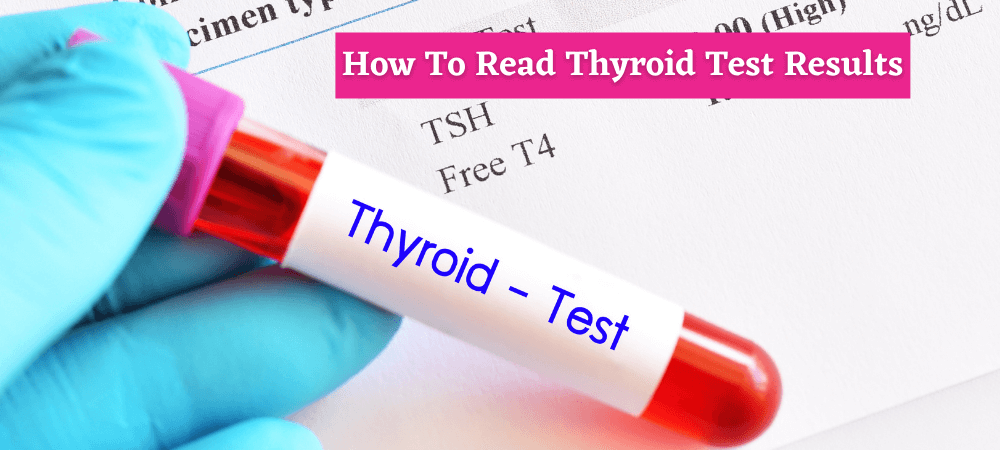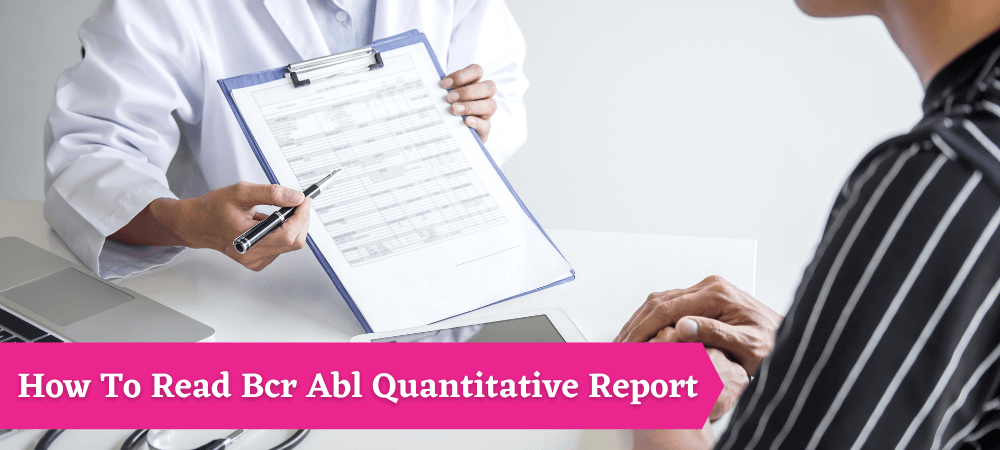If you have been diagnosed with thalassemia, you may be wondering what the next steps are. Part of understanding thalassemia is learning to read and interpret thalassemia test reports. It can be a complex and confusing task, but it is essential to understand what the results mean for your health. This blog post will walk you through how to read a thalassemia test report.
What is Thalassemia?
Thalassemia is an inherited blood disorder that affects the production of hemoglobin. Hemoglobin is the protein in red blood cells that carries oxygen to the body’s tissues.
There are two types of thalassaemia: thalassaemia major and thalassaemia minor. Both types of thalassaemia can be detected through a blood test.
Thalassaemia major is the more severe form of the disorder and can lead to anemia, fatigue, and other serious health problems.
Thalassaemia minor is a less severe form of the disorder and usually does not cause any noticeable symptoms.
Thalassemia can lead to various health problems, including anemia, fatigue, and organ damage. There is no cure for thalassemia, but treatment can help manage the symptoms and prevent complications.
What Is A Thalassemia Test & Thalassemia Test Report?
A thalassemia test is used to diagnose thalassemia disorder. The test is usually done with a blood sample; the results can help determine if someone has thalassemia and how severe it is.
Patients with thalassemia can have a variety of different thalassemia tests. These reports are generated depending on the particular type of thalassemia and the severity of the condition. Reports may include:
– A complete blood count (CBC)
– A hemoglobin electrophoresis
– A ferritin level
– A serum iron level
– A total iron-binding capacity (TIBC)
Each of these tests can provide important information about a patient’s thalassemia, and they should be interpreted together to get a fuller picture of the condition.
This information can help doctors determine the best course of treatment for someone with thalassemia.
How To Read Thalassemia Test Report?
Thalassemia test results are reported as a numerical value, with higher numbers indicating a higher hemoglobin level. Normal hemoglobin levels vary depending on age and sex, but generally, a level of 10.5 g/dL or higher is considered normal.
If your thalassemia test results are positive, it does not necessarily mean that you have thalassemia. Other factors, such as iron deficiency, can cause low hemoglobin levels. Your doctor will interpret your test results and consider all relevant aspects before making a diagnosis.
What To Do If YouYou Have A Positive Thalassemia Test Report?
If you have been diagnosed with thalassemia, you must consult with a healthcare professional to discuss your treatment options. There is no cure for thalassemia, but there are treatments available that can help manage the condition and improve your quality of life. With proper treatment, people with thalassemia can lead long and healthy lives.
At Grace Laboratory, we are experts in thalassemia and can provide you with the care and support you need. Contact us today to schedule an appointment.

